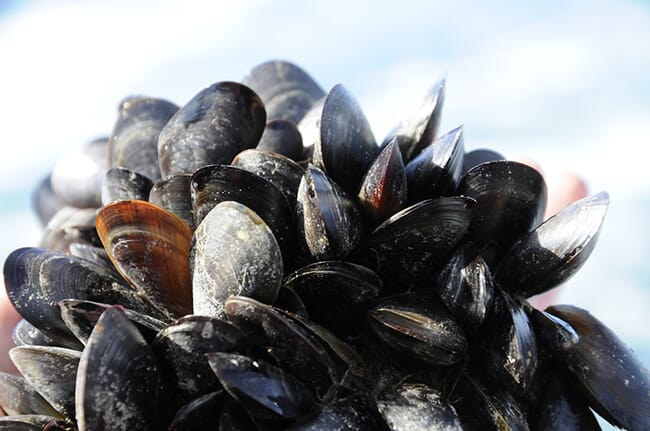
© SAMS
The findings of a recent survey assessing the productivity, value, and employment statistics of the Scottish shellfish farming industry during 2023 have been published in a report by the Scottish government. The annual report is based on information supplied by all active authorised shellfish farming businesses in Scotland, comprising 103 businesses and 294 active farm sites.
According to the results of the survey, for the year 2023, common mussel and Pacific oyster remain the top species produced in terms of value and mass and, despite an almost 40 percent reduction in the number of mussel producing sites, mussel production increased by 13 percent in comparison to previous values.
Pacific oyster production decreased by 4 percent, however this still resulted in the production of 3.9 million oysters for the commercial market. Native oysters, however, saw an increase in production from 109,000 to 111,000 shells in 2023.
King scallop production has fallen in comparison to 2022, with a decrease of 15,000 shells. Information on queen scallop productivity was not available due to the low levels of production.
Following a trend of declines, employment within the Scottish shellfish industry has fallen by 4 percent from the previous year, with a total of 246 full-time, part-time, and casual staff being employed in the sector in 2023.
On a positive note, however, the UK remained disease free regarding bonamiasis, marteiliasis and OsHV-1 in 2023.




